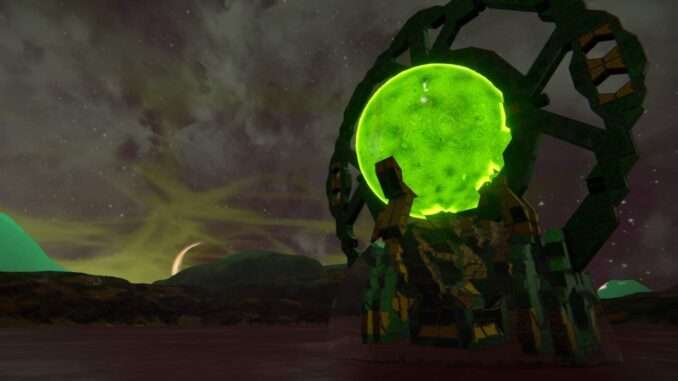
Welcome! This guide is a simple list of miscellaneous tips, tricks and shortcuts in Space Engineers, in no particular order, that new or intermediate players (or even veteran players) may not know. Some of this information can also be found in the game’s loading screens, but I thought it would be nice to put it in one place.
Building / Design
Note: Credit goes to TheTreeman
- Using small containers in place of conveyors is an easy way to increase cargo capacity, especially on compact or early-game designs. However, containers are more expensive to build than conveyors, and are 100-200kg heavier on large grids.
- To avoid having to repair your ship from memory, add a projector to your ship with a blueprint of that same ship, and line it up with the ship itself.
- External air vents set to depressurize can provide oxygen for cockpits of grids in breathable atmospheres.
- Turrets have roughly the same intelligence as the average flat-earther. Be sure to give them plenty of room to make sketchy shots right along your hull. Or turn off turret self-damage in world settings. 😛
- Place turrets (or other essential systems) atop welders to allow them to auto-repair, if components are available. Combine this with the projector setup mentioned above to allow them reconstruct themselves under fire.
- Reducing a gravity generator’s range to the dimensions of your build not only saves power, but prevents you from being unnecessarily yeeted away from your ship if you fat-finger X while working in space. However, leaving it at max range can provide a handy shield against gravity-propelled player-made weapons.
- Speaking of gravgens, the range displayed for each axis
- Ctrl+click on control panel sliders to enter exact values instead of hunting for the exact pixel that represents your desired setting.
- When using rotors to build ramps, doors or similar contraptions, a rotor displacement of -20cm (entered after a ctrl+click as -0.2) will line up your subgrid with the maingrid blocks around it.
- Block groups with identical names will merge across subgrids. Include your grid’s name – or an abbreviation of it – in your block groups to prevent, for example, your fighters’ *Thrusters* merging with your carrier’s *Thrusters*.
- The edge of a large block is 2.5 meters and about 5 small blocks long, making small blocks 0.5 meters on each edge.
Day-to-Day Life
- You can reduce the opacity of your HUD and menu backgrounds in Esc>Settings>Game in order to see behind them. This makes it easy to fiddle with block settings without having to leave the control panel repeatedly to see if your settings are working.
- Rovers can jump! Hold your jetpack key down while driving one to charge a jump (you’ll see the suspension compress all the way down), then release it to get some air. This can be useful for getting out of holes and the like.





Be the first to comment